Home>Ideas and Tips>Bring Nature Indoors With Indoor Jungle Tips
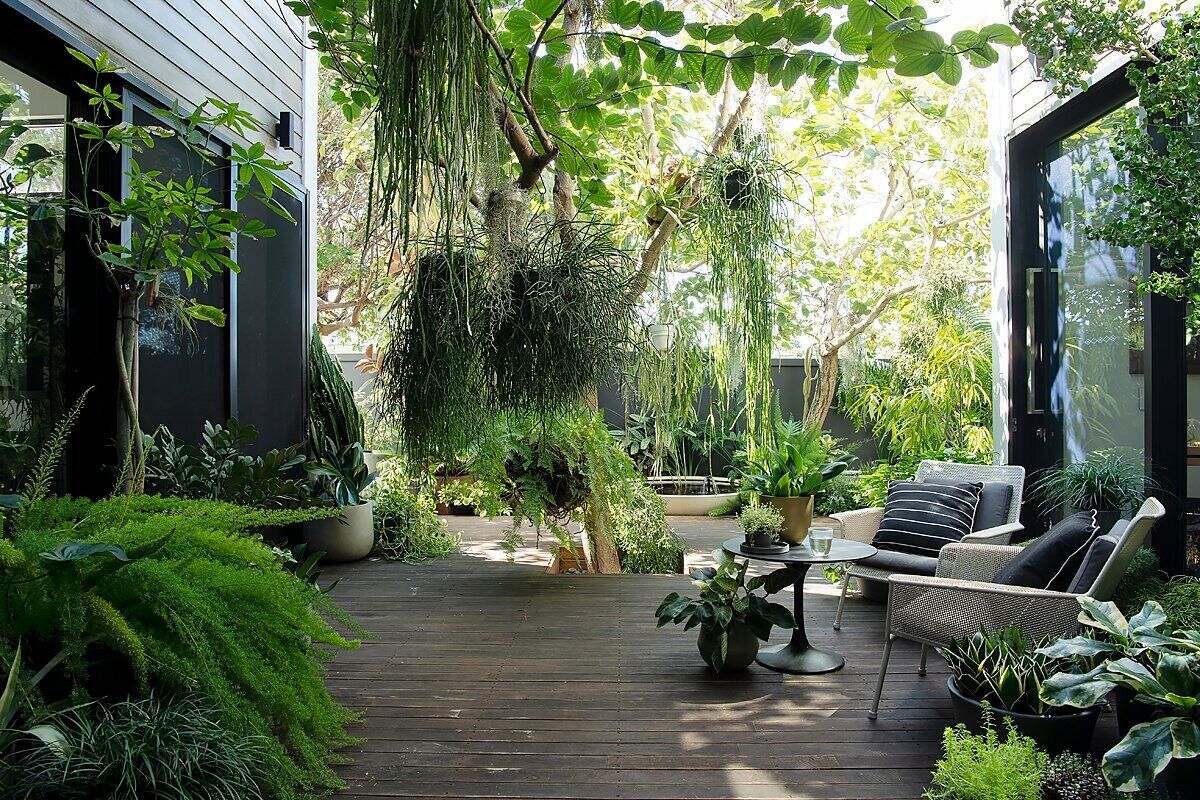

Ideas and Tips
Bring Nature Indoors With Indoor Jungle Tips
Modified: October 28, 2024
Create a lush indoor jungle with our expert tips! Discover the best plants, design ideas, and care techniques to bring nature into your home.
(Many of the links in this article redirect to a specific reviewed product. Your purchase of these products through affiliate links helps to generate commission for Storables.com, at no extra cost. Learn more)
Creating an indoor jungle is a fantastic way to bring the beauty and tranquility of nature into your home. Not only do houseplants purify the air and enhance the aesthetic appeal of your space, but they also contribute to a healthier and more relaxing environment. In this article, we will delve into the world of indoor gardening, providing you with comprehensive tips and recommendations to create your own lush indoor jungle.
Choosing the Right Plants
The first step in creating an indoor jungle is selecting the right plants. You want to choose varieties that thrive indoors and complement each other in terms of size, texture, and color. Here are some popular options:
Read more: Indoor Jungle: Bringing Nature Home
1. Monstera deliciosa (Swiss Cheese Plant)
The Monstera deliciosa is an iconic houseplant known for its large, hole-ridden leaves that give it a unique appearance. Native to tropical forests, these plants are well-suited for indoor spaces and can grow quite large if given the right conditions. They prefer bright, indirect light and can be trained to climb up walls or left hanging in macrame baskets for a dramatic effect.
2. Philodendron scandens (Heart-Leaf Philodendron)
Philodendron scandens is another versatile plant that can thrive in a variety of lighting conditions. Its heart-shaped leaves cascade beautifully from hanging baskets or trail along shelves, adding a touch of elegance to any room. This plant is easy to care for and can be clipped to create new plants, making it perfect for sharing with friends or adding to new spaces.
3. Peace Lily
For a hint of color and low-maintenance beauty, consider the peace lily. These plants produce stunning white blooms around Valentine’s Day and come in various shades of red to purple. They prefer well-draining soil and moderate watering, making them ideal for indoor environments.
4. Spider Plant
The spider plant is one of the easiest plants to care for and is perfect for beginners. It produces baby plants that can be repotted into new pots, making it a great choice for propagation. Spider plants thrive in bright, indirect light and can be hung from the ceiling or placed on shelves.
Read more: 5 Simple Ways To Bring Nature Indoors
5. ZZ Plant
For a low-maintenance option that can survive with low light, consider the ZZ plant. This succulent-like plant has glossy leaves and a super chill vibe, making it perfect for busy homeowners or those new to indoor gardening.
Designing Your Indoor Jungle
Once you have selected your plants, it’s time to think about how you want to design your indoor jungle. Here are some tips:
1. Grouping Plants
To create a lively display, group plants together that complement each other in terms of color, texture, and size. For example, pairing Sansevieria trifasciata (snake plant), Chlorophytum comosum (spider plant), and Yucca elephantipes (spineless yucca) can add drama to your interior.
2. Hanging Plants
If you have limited floor space, hanging plants is a great way to add height and bring nature indoors without compromising space. Plants like Philodendron scandens and Monstera deliciosa look stunning in hanging baskets or macrame hangers.
3. Using Trays for Humidity
Many houseplants prefer a humid environment, as they originally come from warmer climates. To achieve the right levels of humidity, you can mist plants regularly or invest in a humidifier that pushes steam or water vapor into the air. Another method is to place plants on trays filled with a layer of gravel and water so that the water evaporates to add humidity to the surroundings.
Caring for Your Indoor Jungle
Caring for your indoor jungle involves more than just watering and fertilizing your plants. Here are some additional tips:
1. Lighting
Different plants have different lighting requirements. Make sure you understand what type of light each plant needs—whether it’s bright direct sunlight, bright indirect sunlight, or low light conditions. Placing plants near windows or using grow lights can help meet their lighting needs.
2. Watering
Overwatering is one of the most common mistakes when caring for indoor plants. Check the soil moisture by sticking your finger into it up to the first knuckle; if it feels dry, it’s time to water. Water thoroughly until water drains out of the bottom of the pot, then let it dry slightly before watering again.
3. Humidity Levels
As mentioned earlier, many houseplants prefer humid environments. You can increase humidity by misting plants regularly or using a humidifier. Avoid placing plants in spots where there is a draught such as near doorways or hot spots like radiators as these can dry out the air.
Benefits of Indoor Gardening
Creating an indoor jungle offers numerous benefits beyond just aesthetic appeal:
1. Air Purification
Research conducted by Bill Wolverton at NASA in the 1970s and 80s demonstrated that plants can reduce airborne pollutants and improve indoor air quality.
2. Stress Reduction
Caring for plants has been proven to reduce stress and anxiety while enhancing creativity and clarity of thought.
3. Improved Well-being
Indoor plants contribute to a healthier environment by purifying the air and creating a calming atmosphere that promotes well-being.
Common Challenges and Solutions
While creating an indoor jungle is rewarding, it also comes with some challenges:
1. Dry Climate
If you live in a dry climate like the high desert area mentioned in a recent Reddit post, you may need to use humidifiers to maintain optimal humidity levels for your plants.
2. Limited Time
For those with limited time during the week, consider using grow lights or automated watering systems to ensure your plants receive the care they need.
3. Architectural Concerns
If you’re planning to grow large trees or plants that might be architecturally destructive, consider using smaller varieties or pruning techniques to keep them under control.
Conclusion
Creating an indoor jungle is a wonderful way to bring nature indoors while enhancing your home’s aesthetic appeal and improving its air quality. By choosing the right plants, designing your space thoughtfully, and caring for your plants properly, you can enjoy all the benefits that come with indoor gardening. Whether you’re a seasoned gardener or just starting out, there are plenty of options available to help you create a thriving indoor jungle that will bring joy and tranquility into your home.
Additional Tips for Specific Plants
Banana Plants
Banana plants are fast growers and can quickly take over a room if not pruned regularly. They prefer bright indirect light and consistent watering.
Eucalyptus Trees
Eucalyptus trees are another option for those looking to grow a tree indoors. They grow quickly and give off a scent that some people find pleasant. However, they do require regular pruning to maintain their size.
Japanese Maple
For those who want a smaller tree option, Japanese maples are beautiful choices that thrive in indoor conditions with proper care. They prefer bright indirect light and consistent watering.
By following these tips and recommendations, you’ll be well on your way to creating a lush indoor jungle that not only beautifies your space but also contributes to a healthier environment. Happy planting
Was this page helpful?
At Storables.com, we guarantee accurate and reliable information. Our content, validated by Expert Board Contributors, is crafted following stringent Editorial Policies. We're committed to providing you with well-researched, expert-backed insights for all your informational needs.
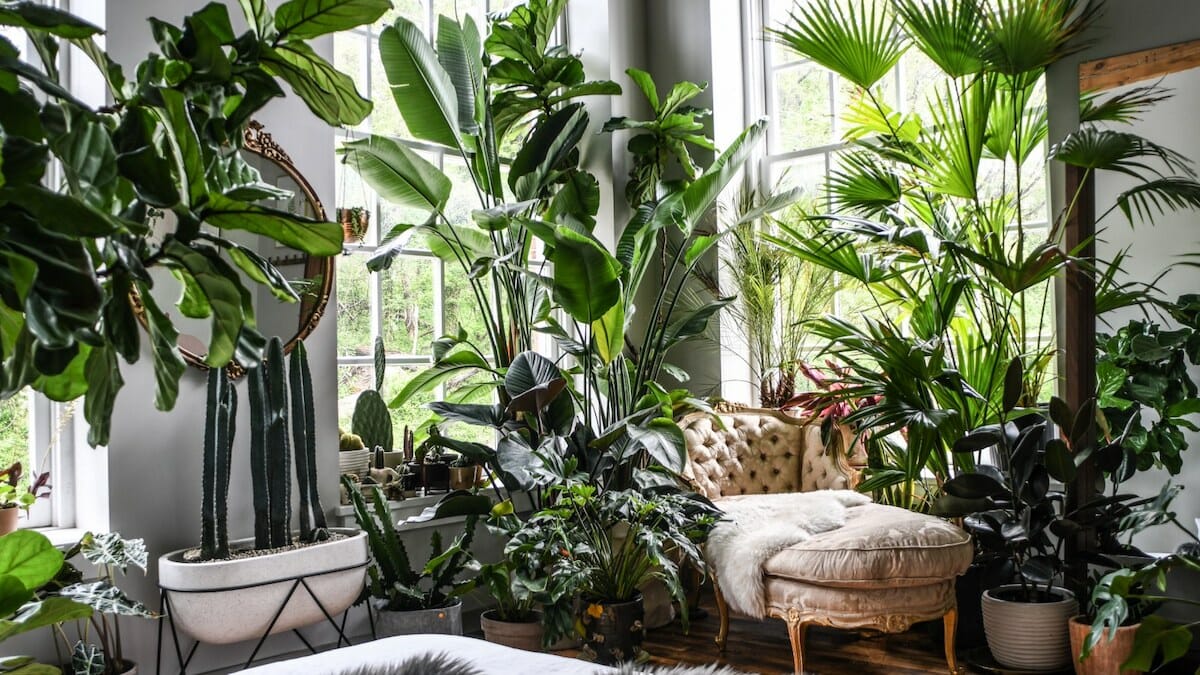
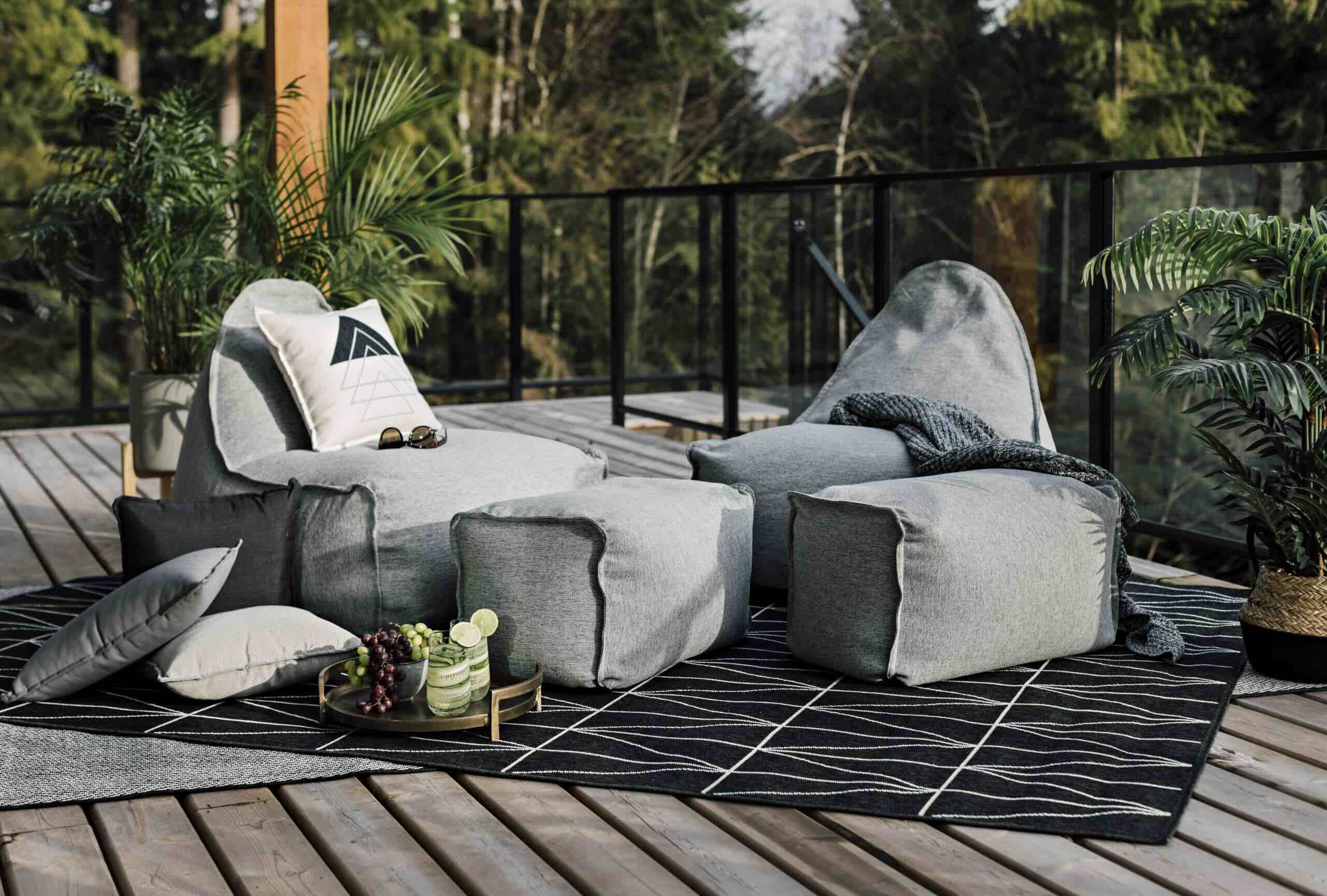
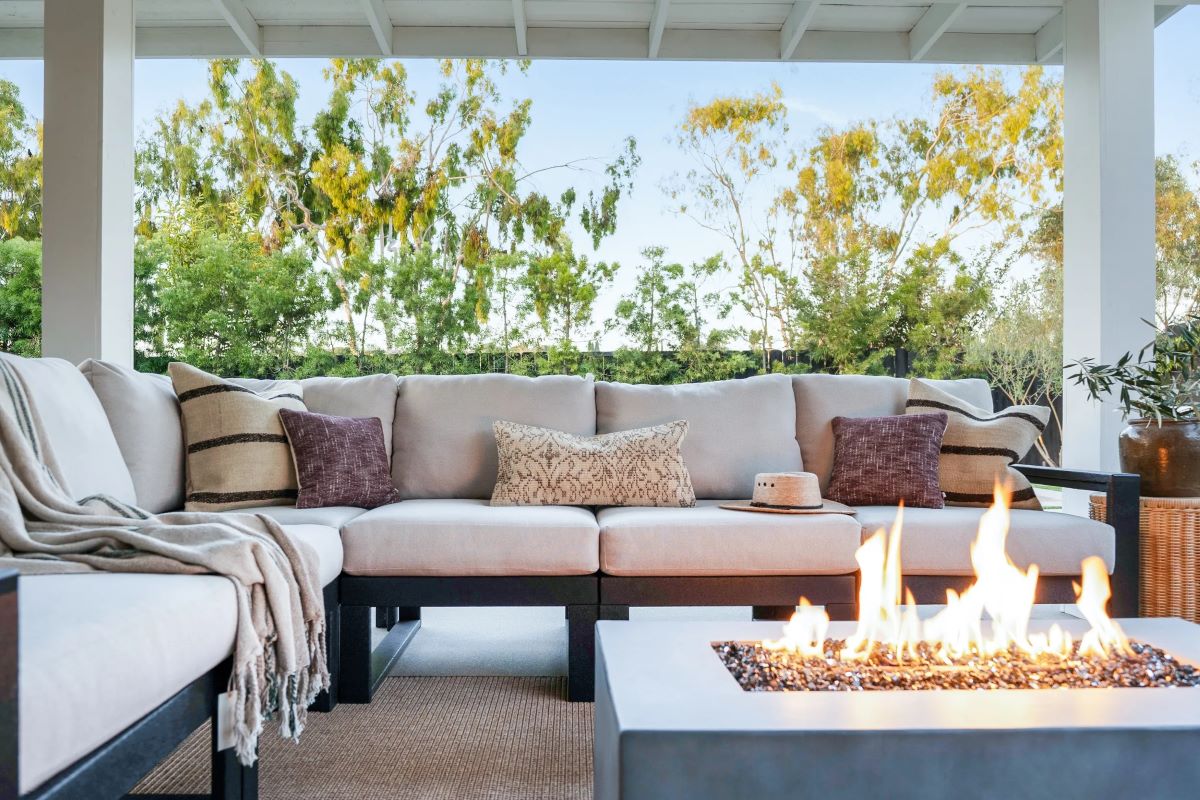
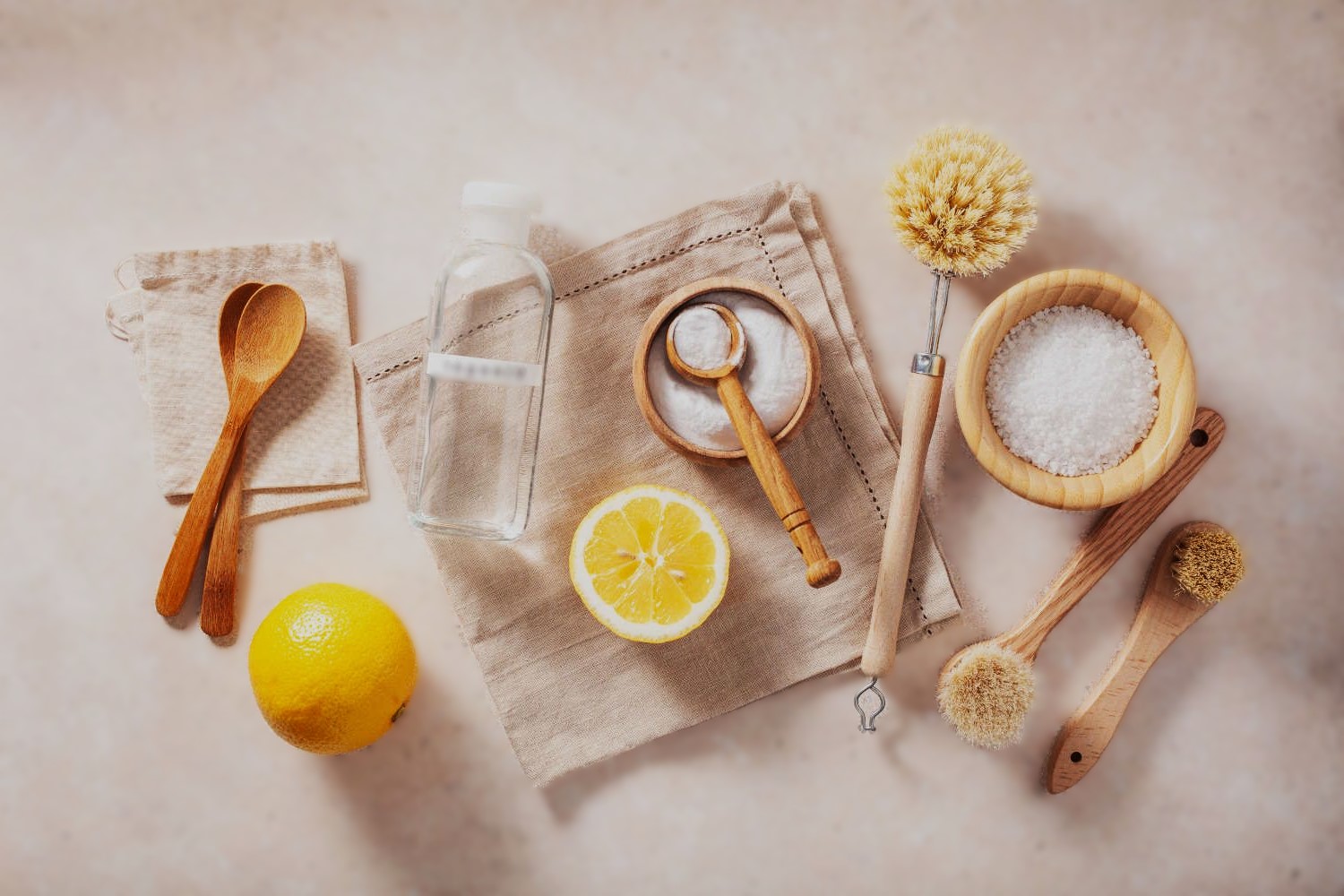


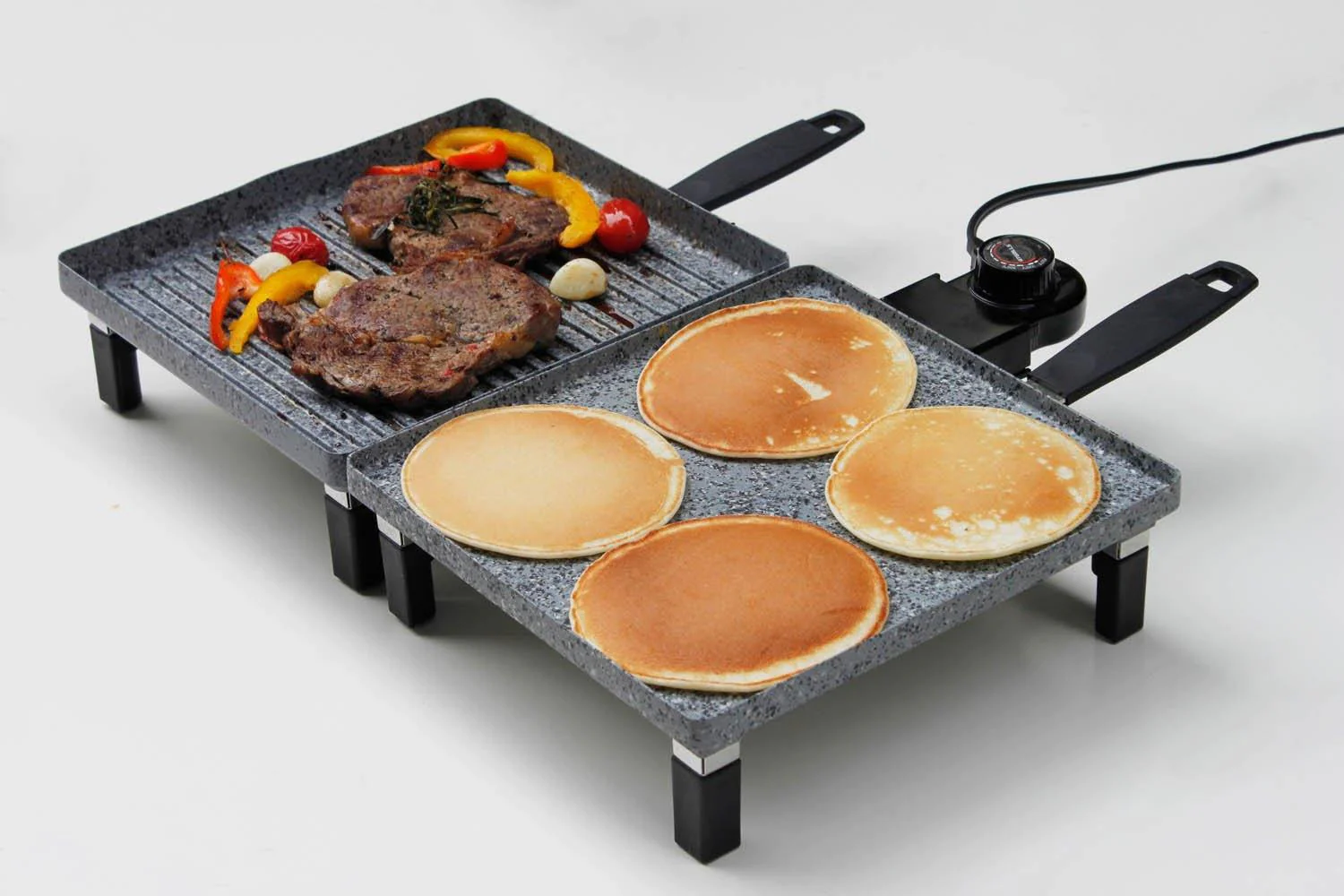


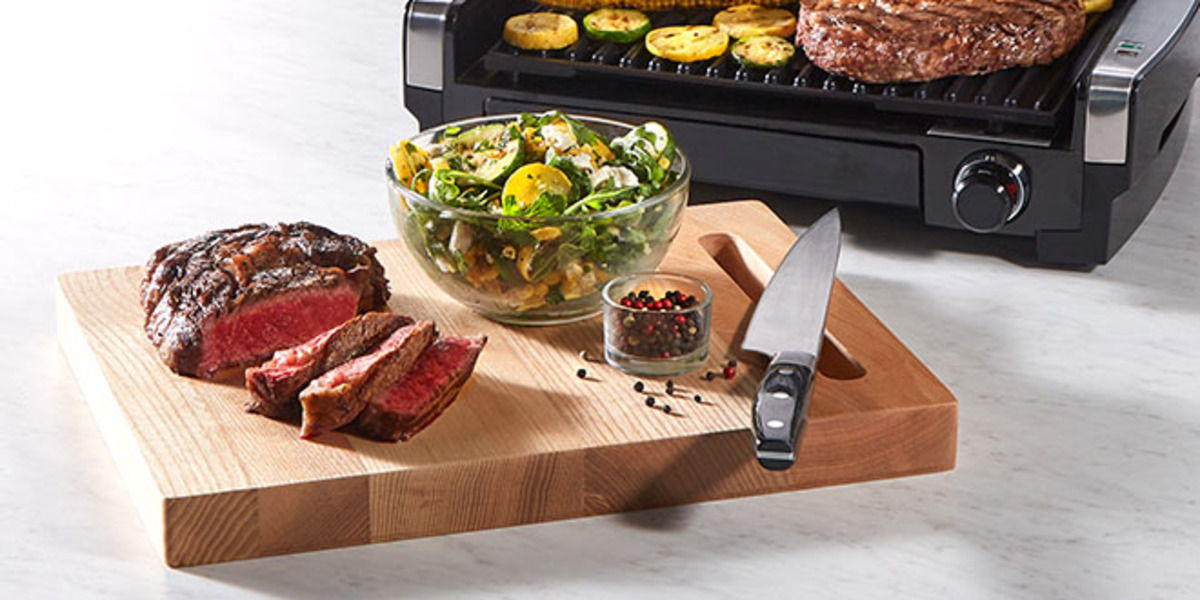

0 thoughts on “Bring Nature Indoors With Indoor Jungle Tips”